biology
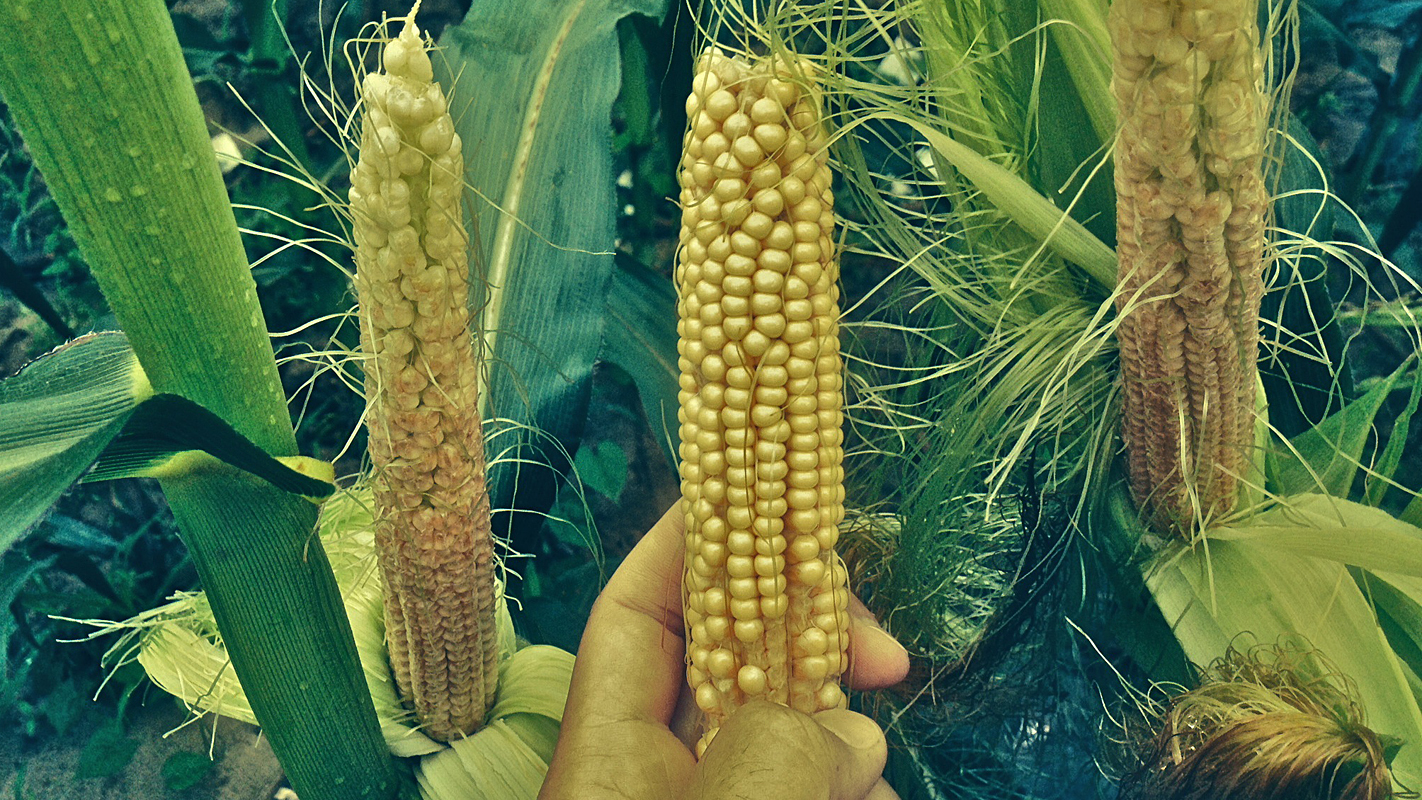
Block That Pollen

Worth Their Salts – Scientists Call For Freshwater Protections From Salinization
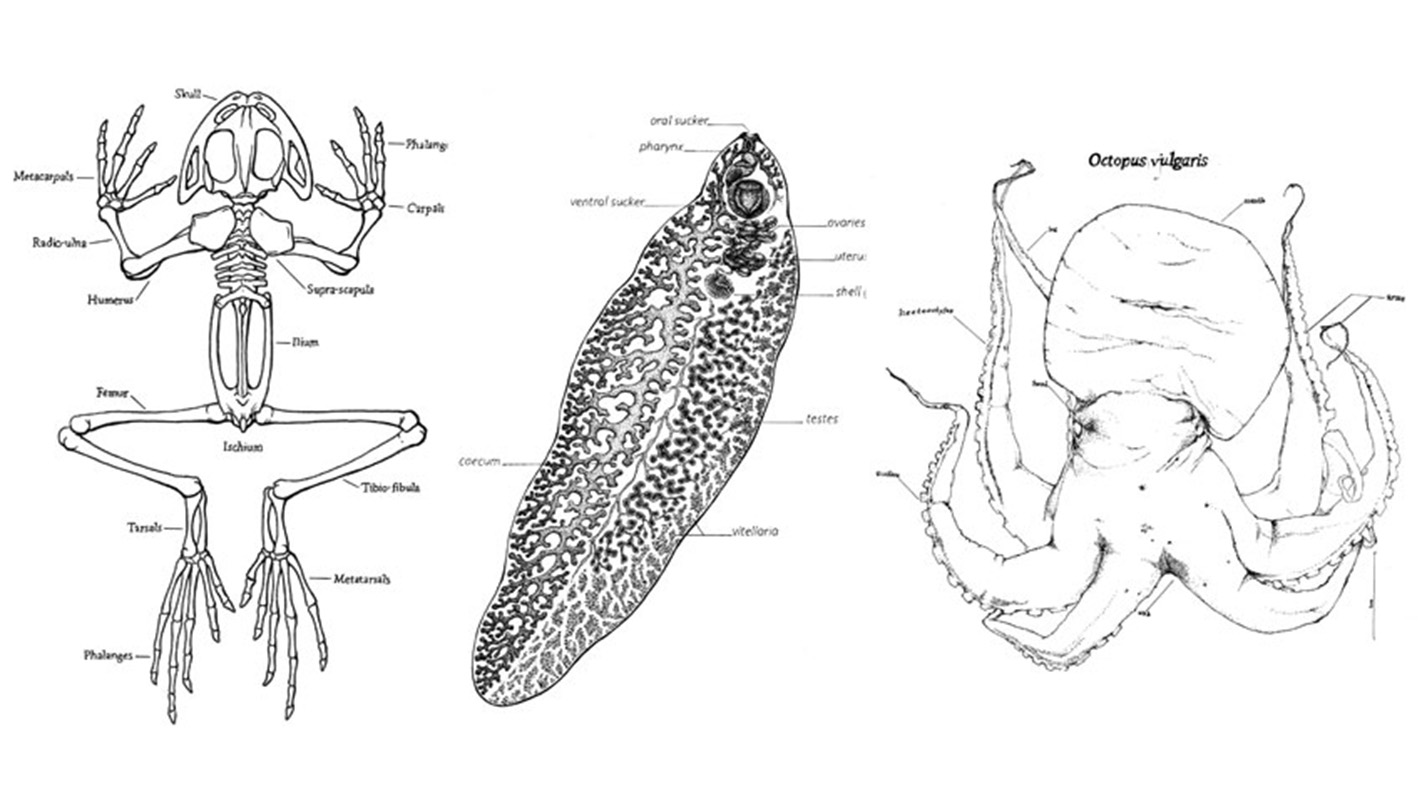
Rediscovering the Forgotten Benefits of Drawing

New Imaging Technique Shows How DNA is Protected at Chromosomes’ Ends
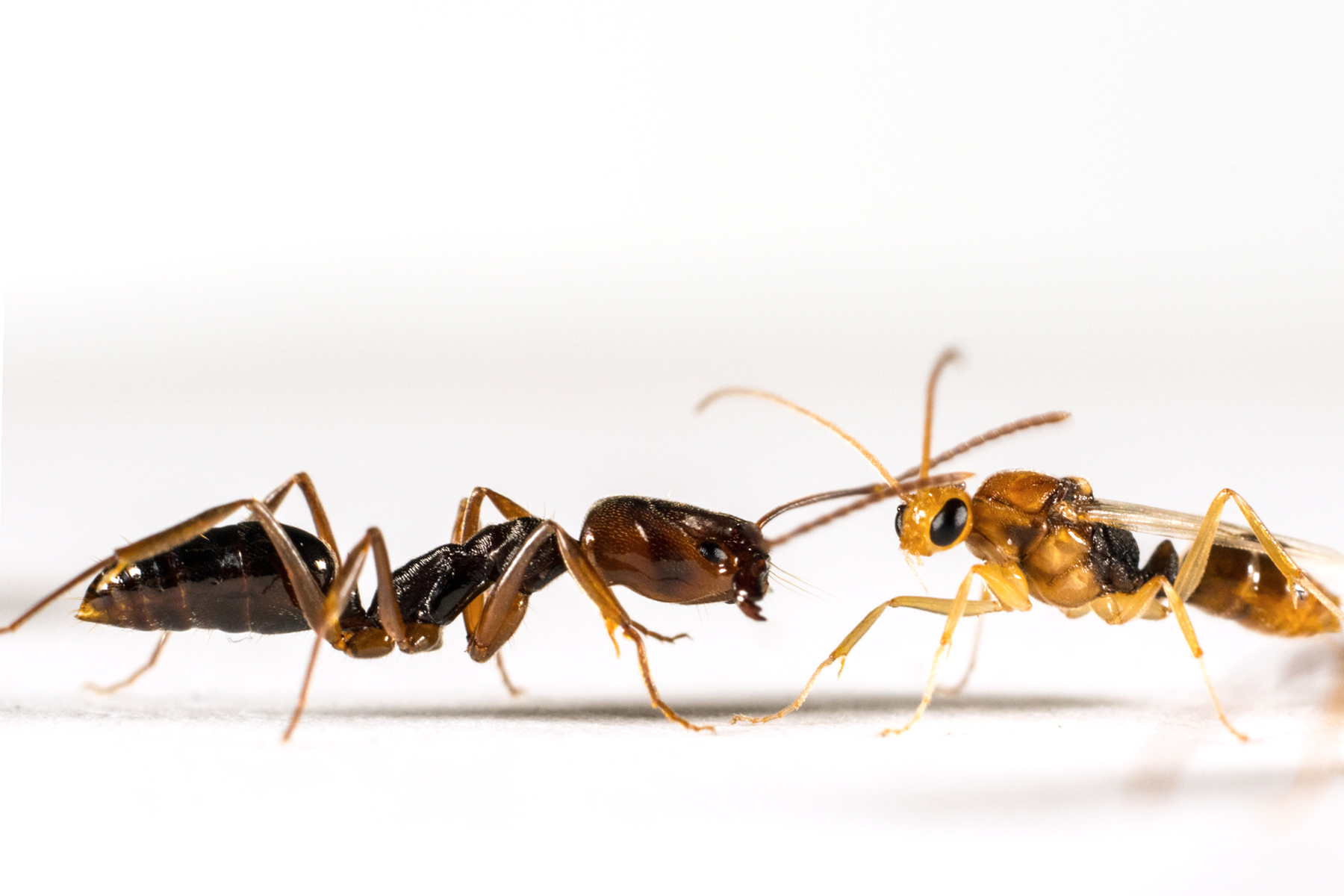
Mixed Signals: Study Finds Insect Species Use Very Different Chemicals to Identify Queens
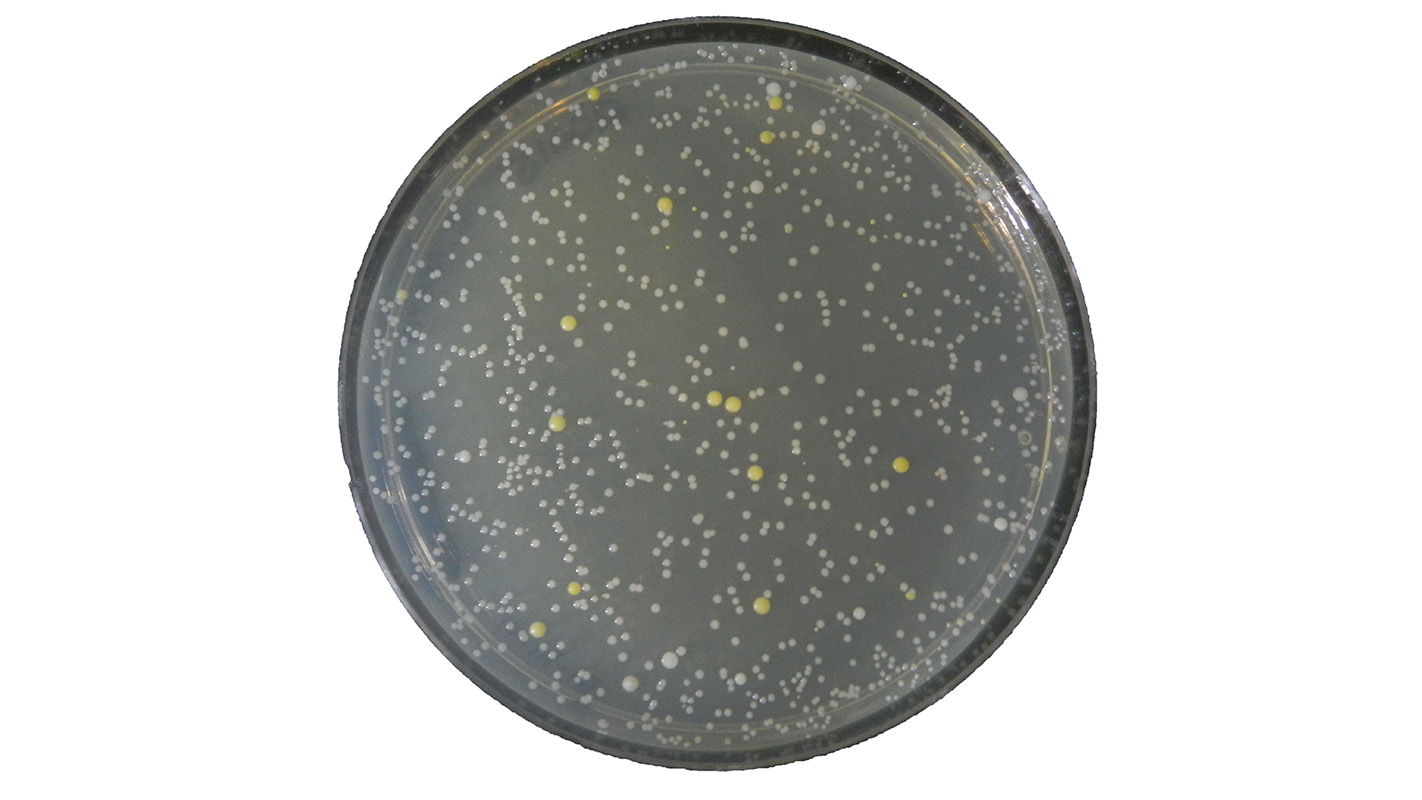
Antiperspirant Alters the Microbial Ecosystem on Your Skin
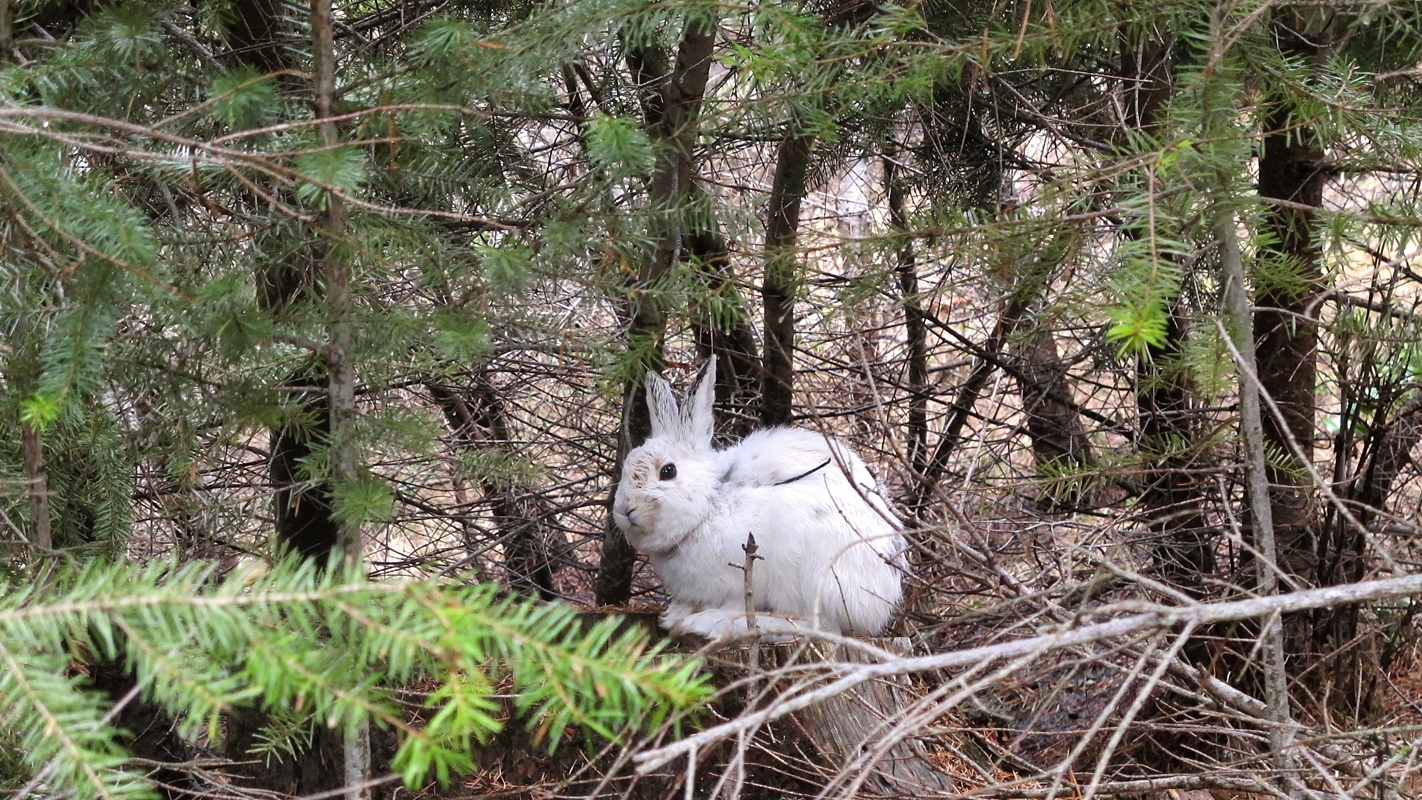
Evolutionary Clock Ticks for Snowshoe Hares Facing Climate Change
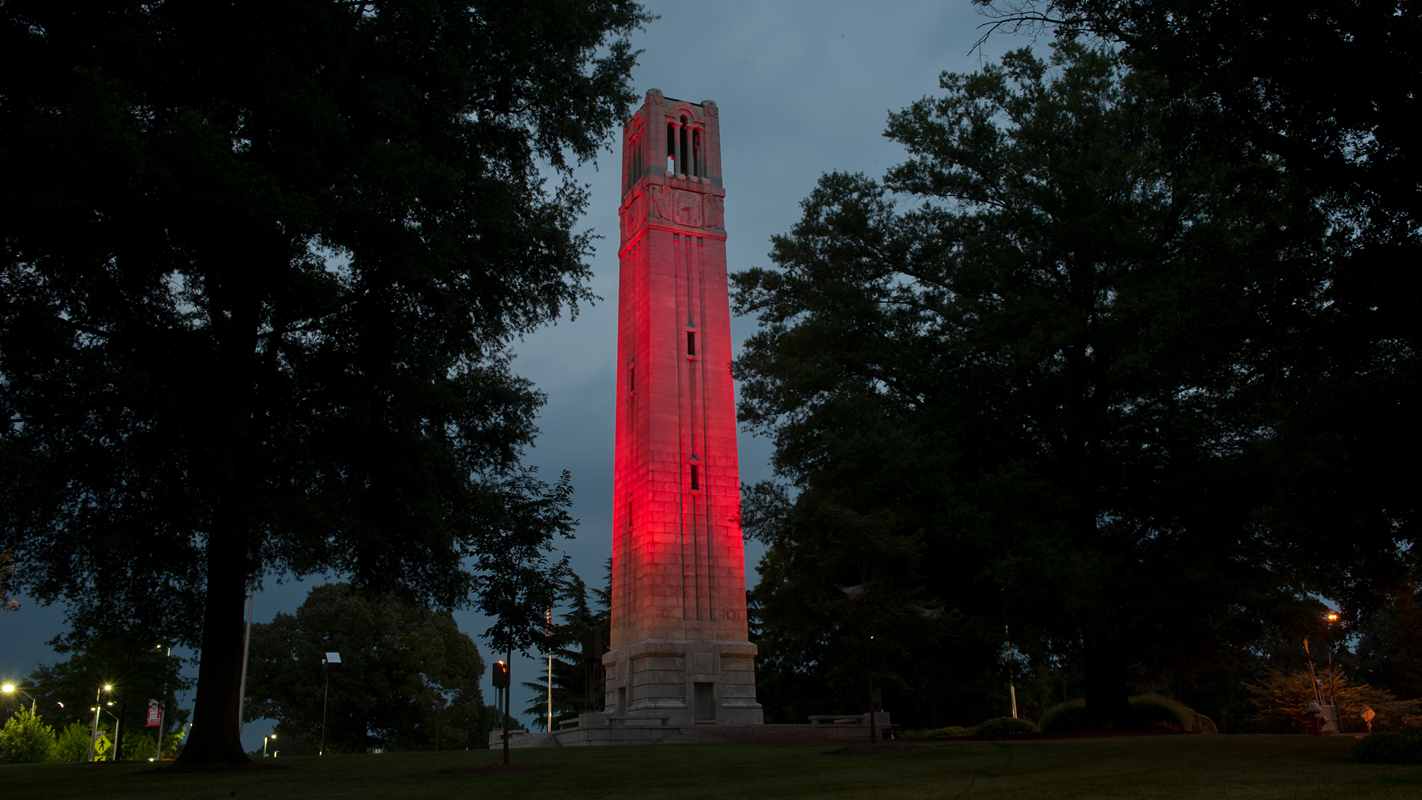
Mackay Wins Prestigious Wolf Prize
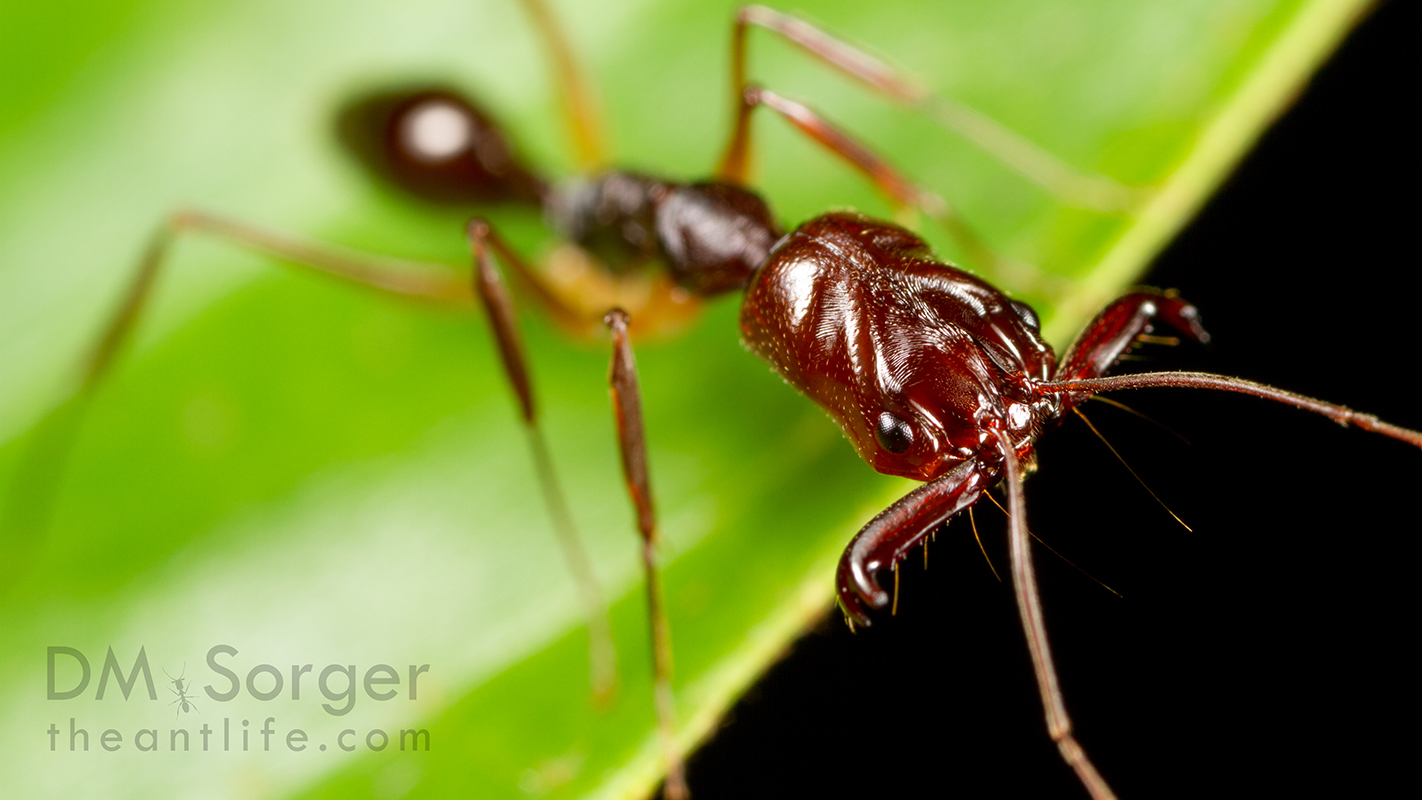
Trap-jaw Ants Exhibit Previously Unseen Jumping Behavior

True Colors: Using Molecular Analysis to Clarify Dino Color Claims

Modeling Tool IDs Genes That Control Stress Response in Plants
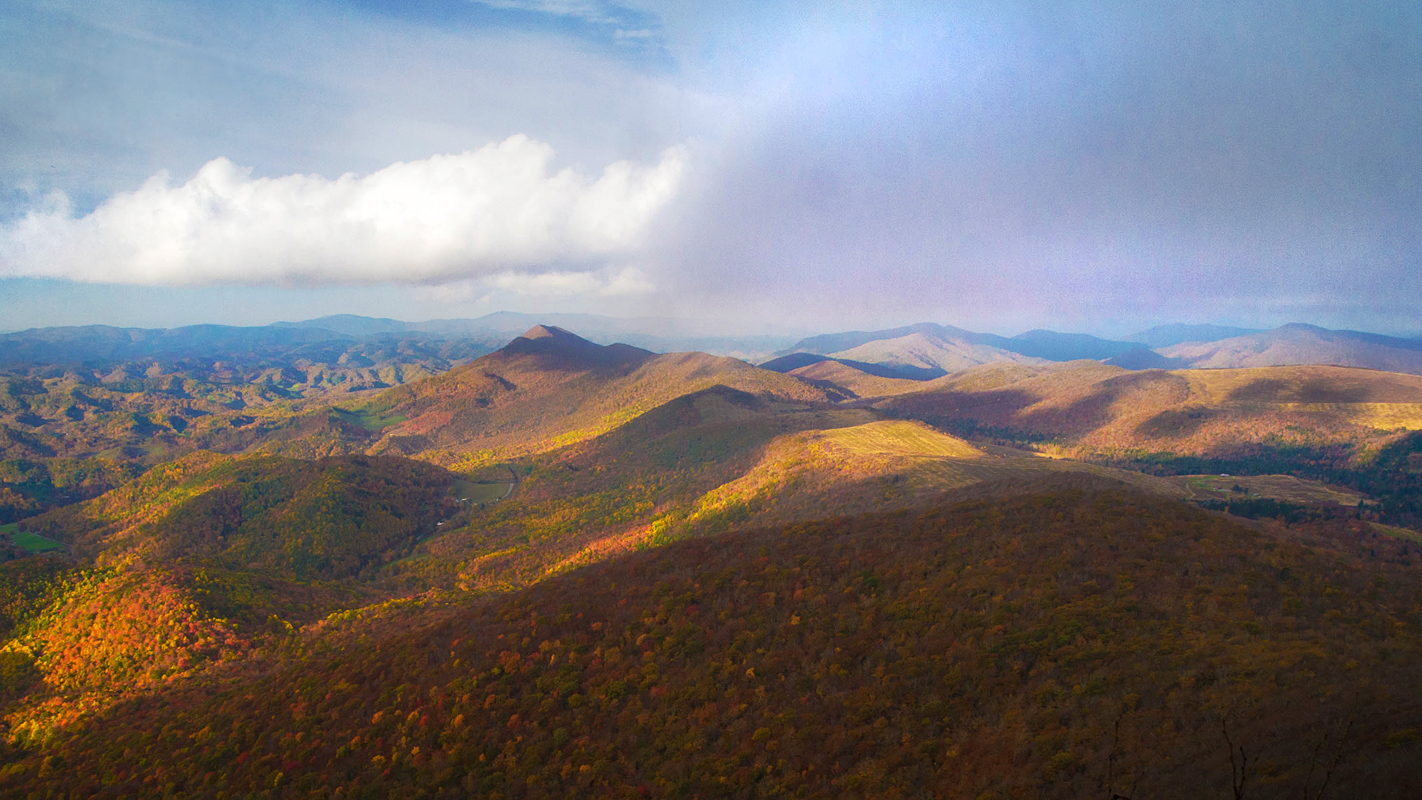
The Biochemistry of Fall Foliage
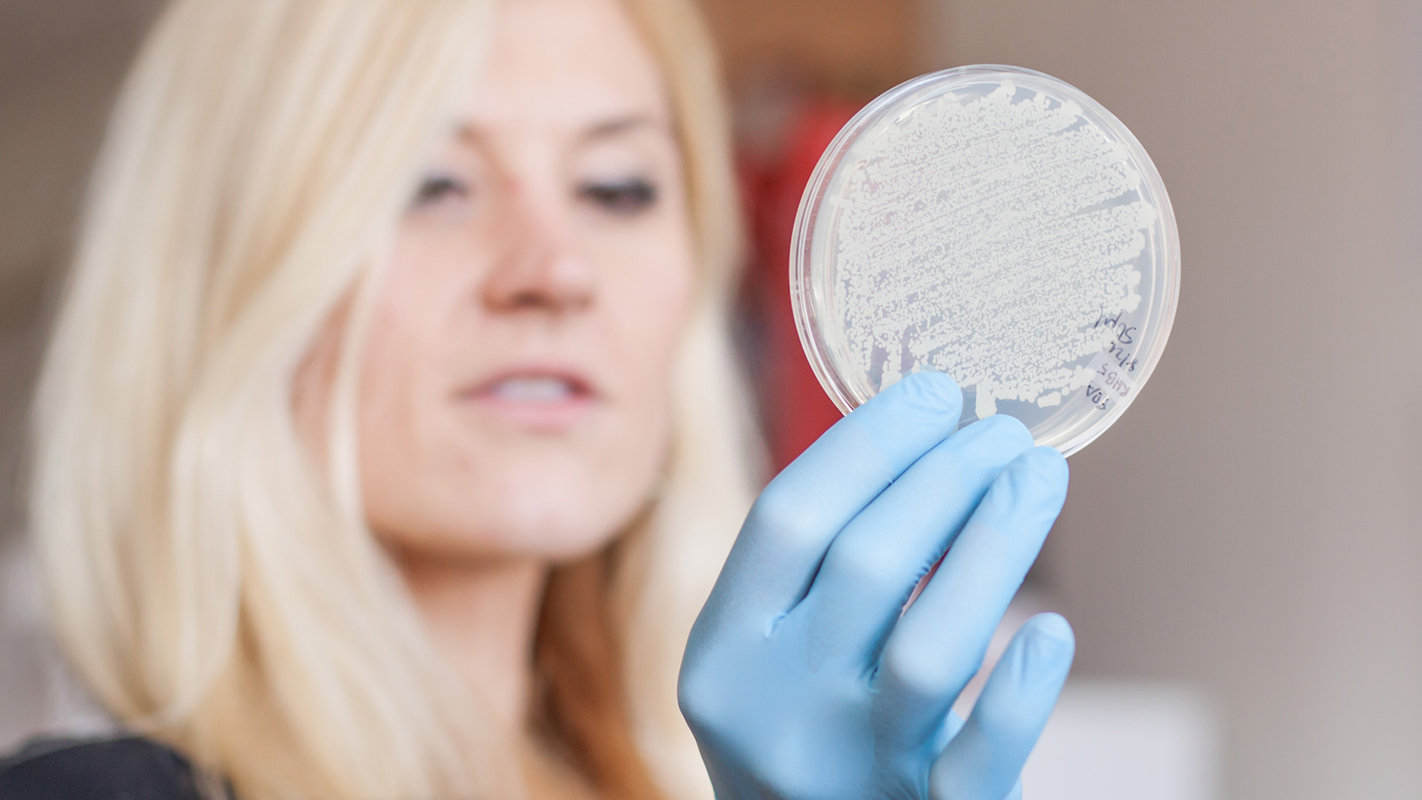
From the Lab Bench to the Beer Glass
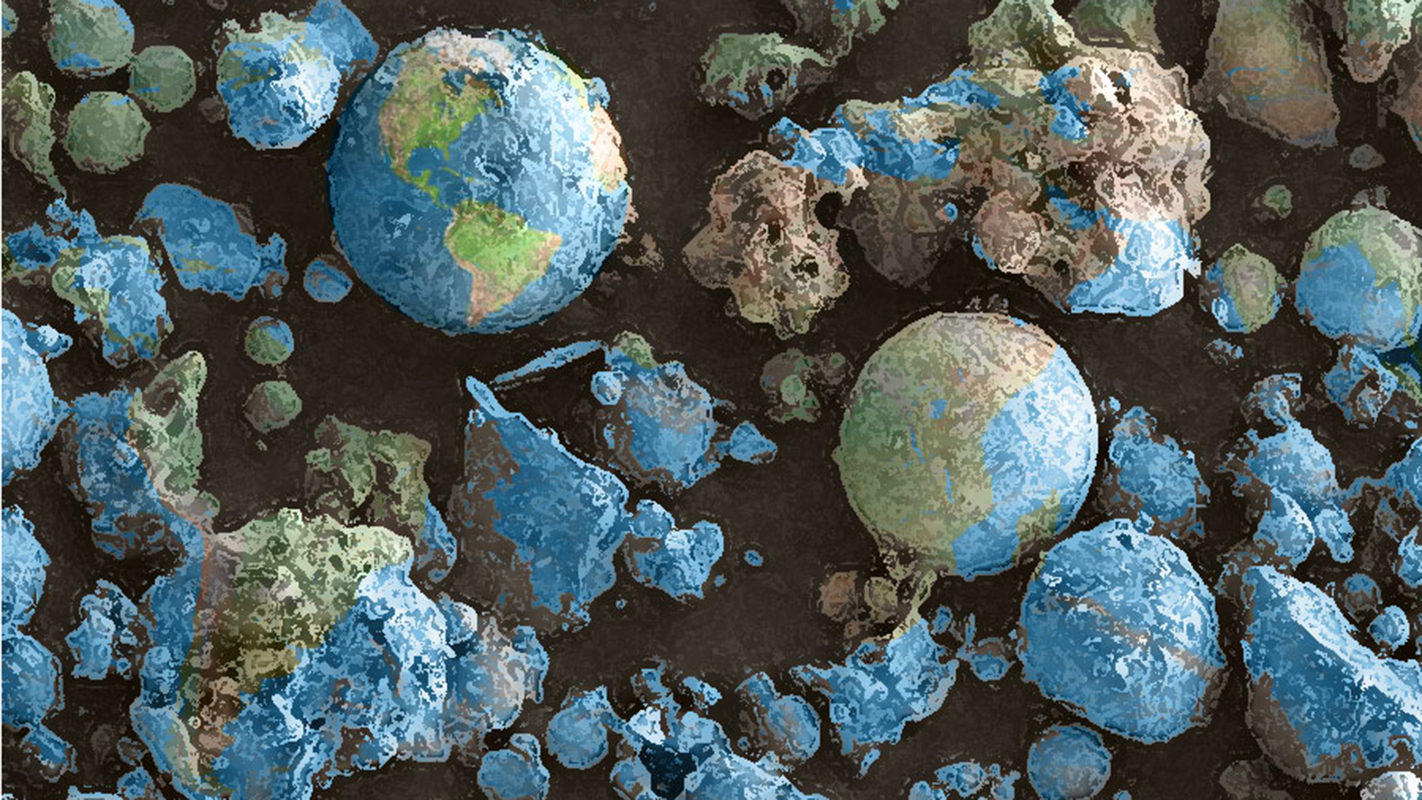
Citizen Science Effort Highlights How Little We Know About Invisible Life in Our Own Homes
